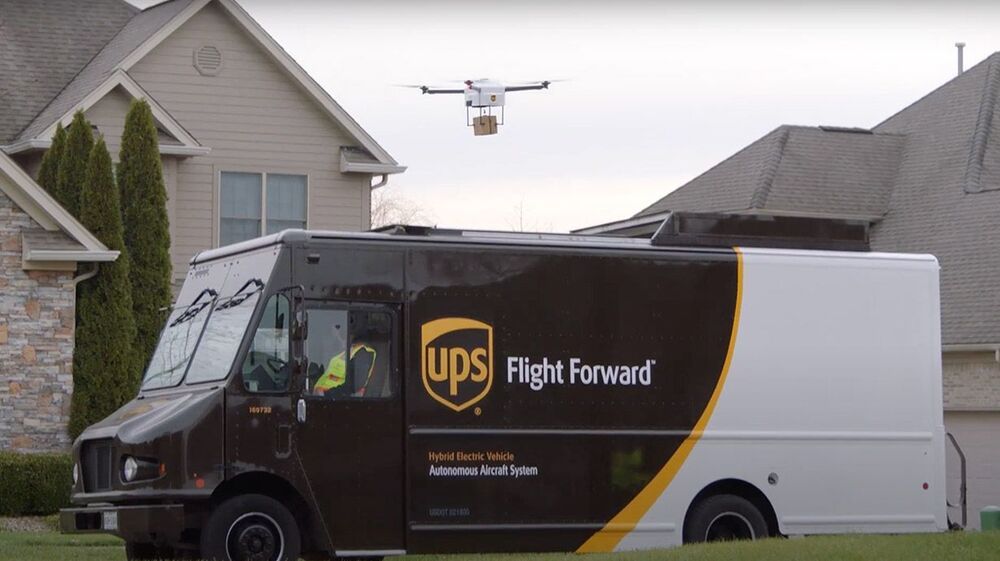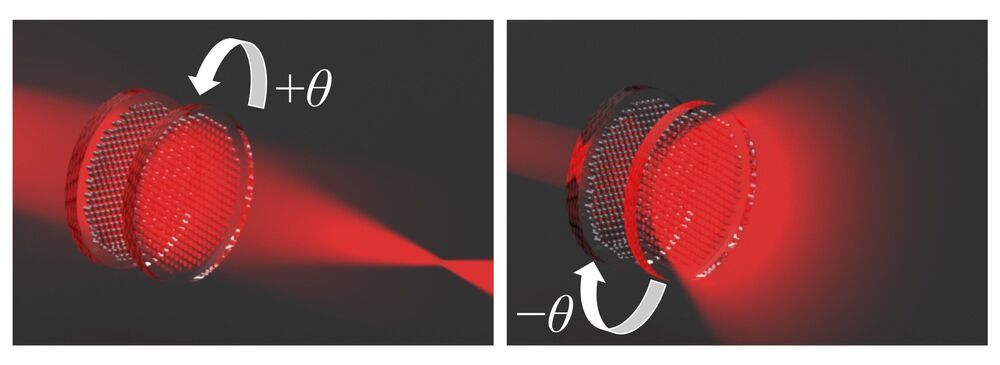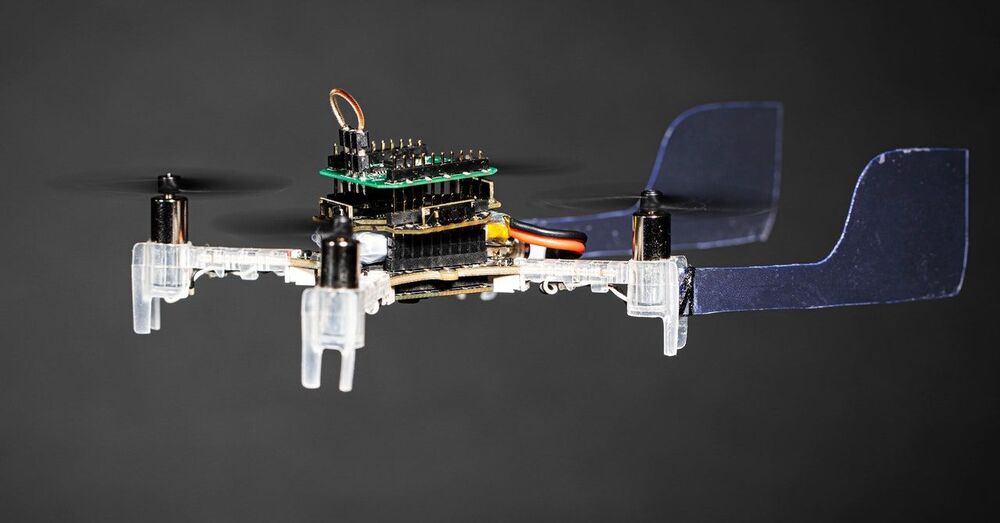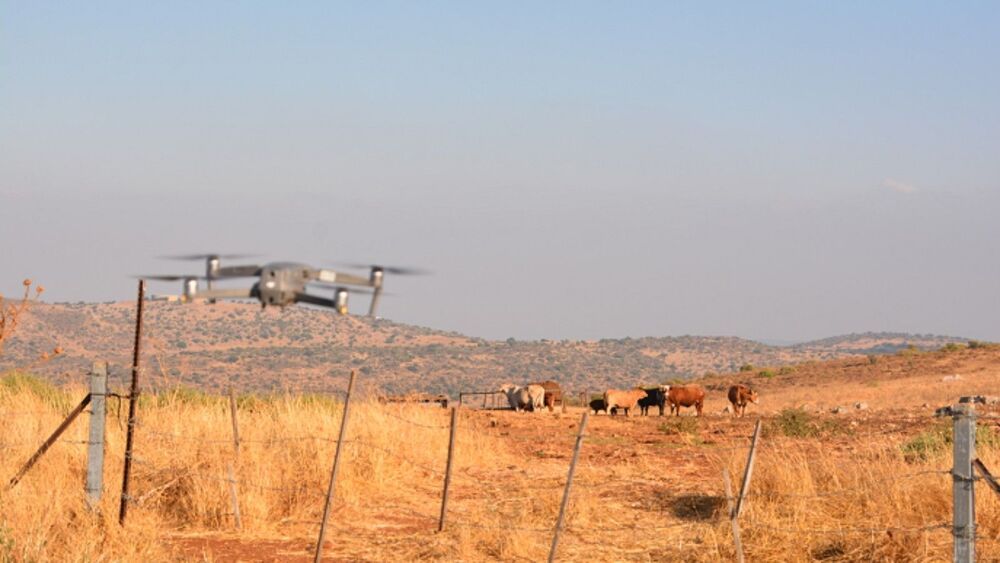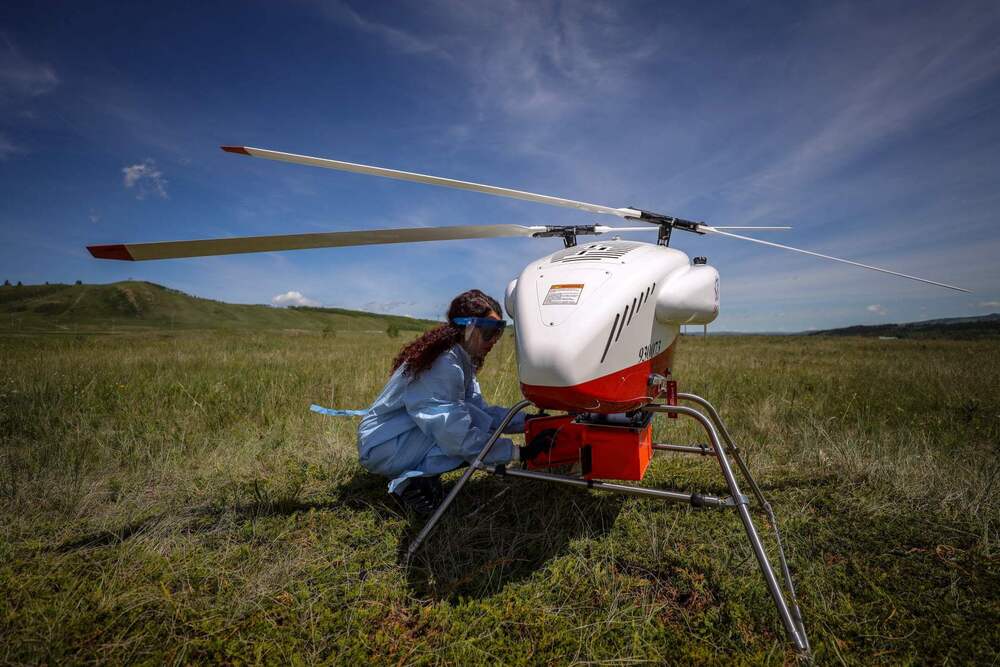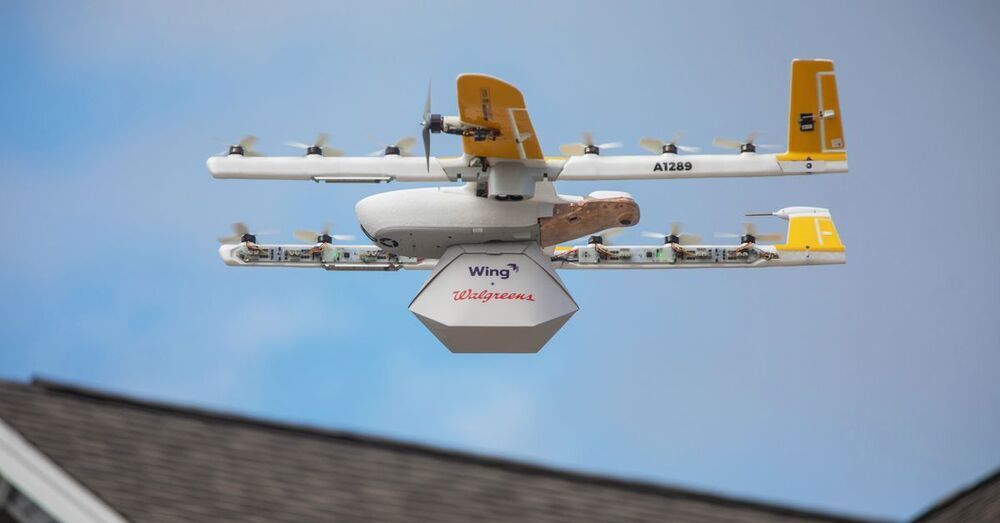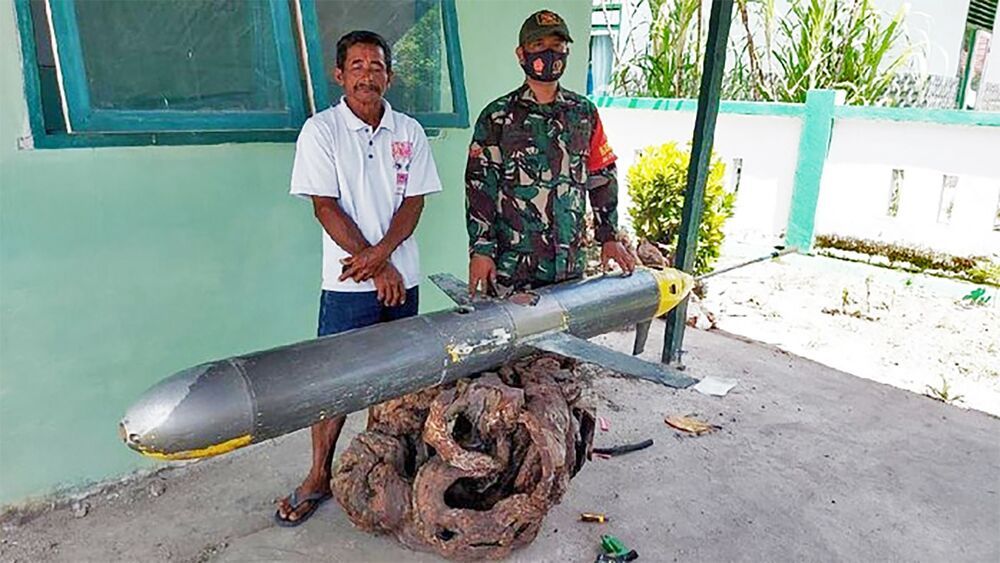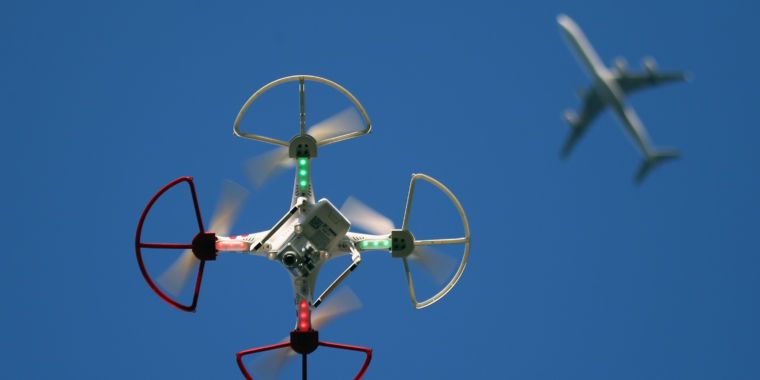PORTLAND, Ore. — Skyward, A Verizon company, and UPS Flight Forward today announced collaborative efforts to deliver retail products with drones connected to Verizon 4G LTE, as well as 5G testing and integration for delivery. The companies aim to deliver retail products via connected drones at The Villages in Florida.
“We will need the ability to manage and support multiple drones, flying simultaneously, dispatched from a centralized location, operating in a secure and safe environment. To do this at scale, alongside Verizon and Skyward, we’ll need the power of 5G,” said Carol B. Tomé, CEO of UPS.
“We’re just beginning to see how the power of 5G Ultra Wideband will transform the way businesses operate,” said Rima Qureshi, Chief Strategy Officer at Verizon. “By partnering with UPS and other innovative companies, we can learn from each other’s expertise and collaborate to create solutions that help move the world forward.”
